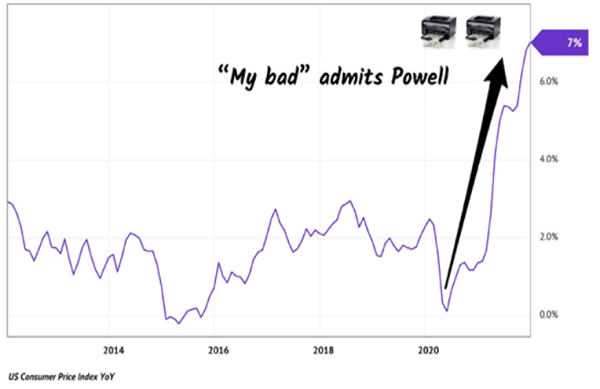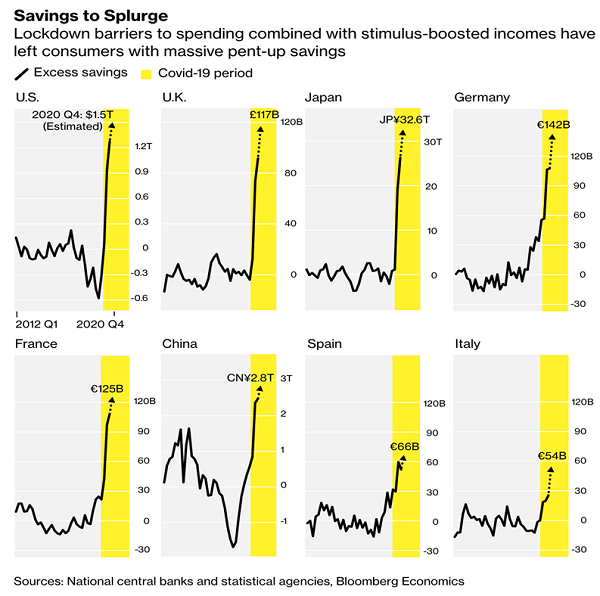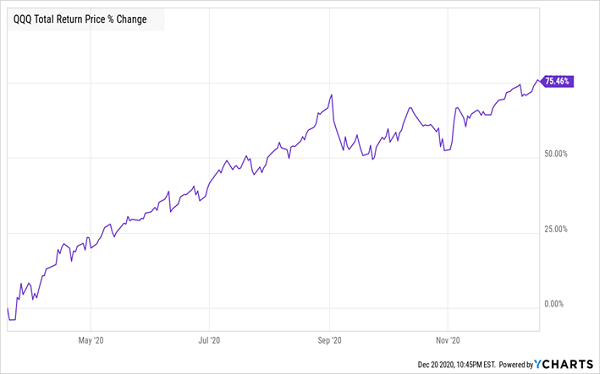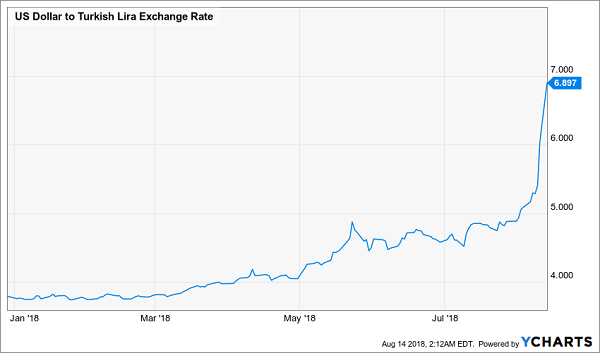Closed-end funds (CEFs) are the last bargains left on the board. CEFs are often confused with mutual funds and ETFs, but they are different because they often trade at discounts to their net asset values (NAVs).
For contrarians like us looking for deals, this is key.
CEF trading is relatively thin. This created inefficiencies, such as select CEFs trading for as cheap as 95 or even 90 cents on the dollar.
Plus, some of them dish big dividends—like these five.
Eaton Vance Tax-Advantaged Dividend Income Fund (EVT)
Distribution Rate: 8.1%
Let’s start with the Eaton Vance Tax-Advantaged Dividend Income Fund (EVT)—a CEF that buys not just common stocks, but also preferred stocks, that distribute qualified dividends.… Read more





Recent Comments